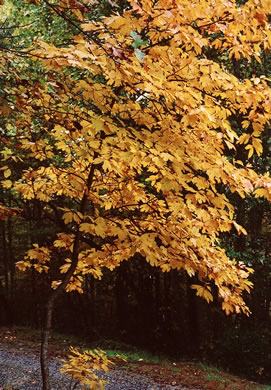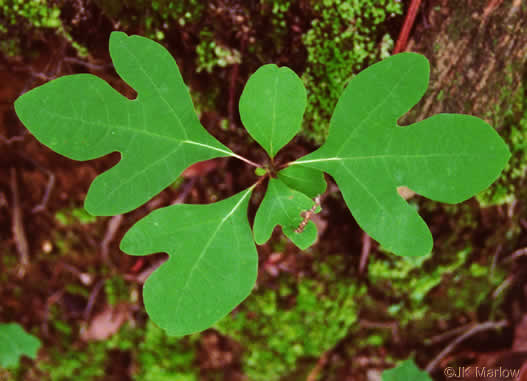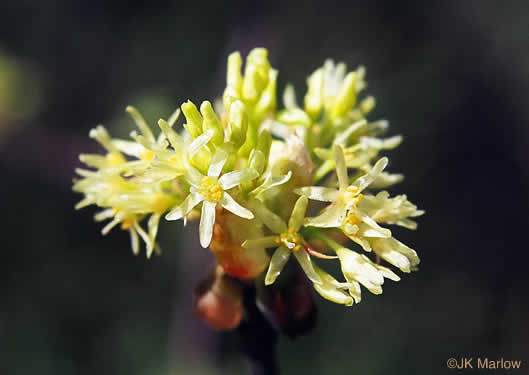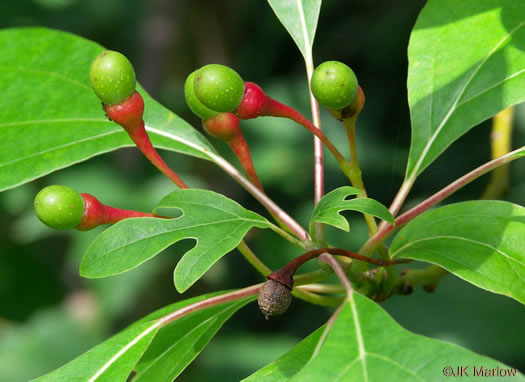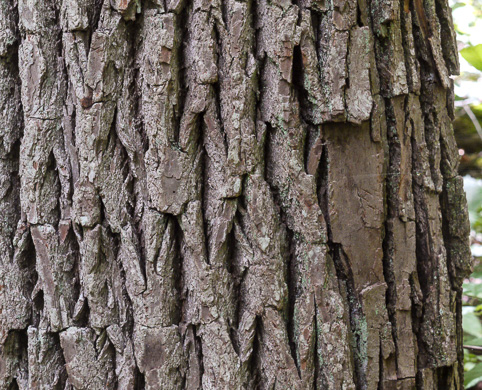Lauraceae
sassafras
Sassafras albidum
Plant Type
Large Tree (greater than 25 ft)
Life Cycle
Perennial
Typical Size
30-60 ft. tall
25-40 ft. wide
Tolerant of
Drought
Inolerant of
Poorly Drained Soil
Propagation
By seed, By cutting, By division
Plant Propagation Notes
Seeds require cold moist stratification. Dig out an divide suckers or root divisions in early spring before leaf out.
Plant Planting Notes
The long taproot makes transplanting difficult.
Plants/Diseases
Trees can develop a number of disease or insect issues, but are generally not serious.
Wildlife Benefits
Host plant for butterfly larvae, Fruit/seeds for birds
Leaves
Leaves alternate, elliptical to ovate with entire or lobed margins. Highly variable in shape.
Flowers
Greenish yellow, fragrant flowers with 4-5 petals.
Fruit
Drupe.
Bark
Gray/brown with deep ridges when mature.
Toxicity
Low toxicity if ingested in large quantities.
Ethnobotanical Use
Roots and bark have been used to produce oil for perfumes and soaps.
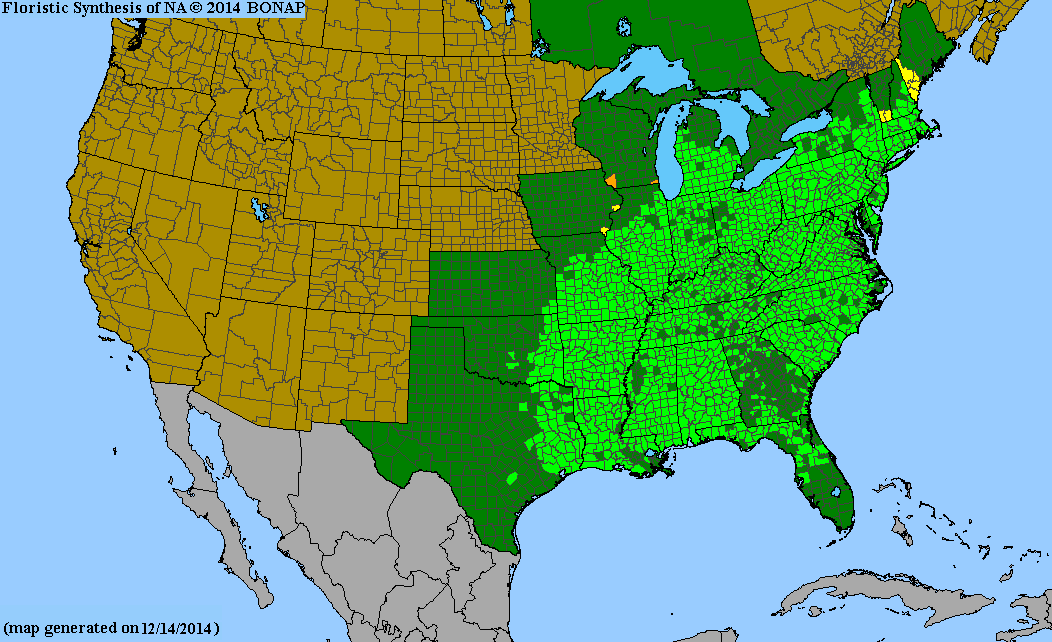
USDA Hardiness Zones
4, 5, 6, 7, 8, 9
Light Exposure
Full Sun, Part Sun/Shade
Soil Moisture
Dry, Medium
Soil Drainage
Well-drained
Soil pH
Acidic (less than 6.0), Neutral (6.0-8.0)
Native in South Carolina?
Yes
Plant Native Habitat
Forests, disturbed areas such as old fields and fencerows.
Global Conservation Status (NatureServe)
Secure (G5)
Federal Conservation Status (USFWS)
Not Listed
Distribution Notes
Common throughout South Carolina.

